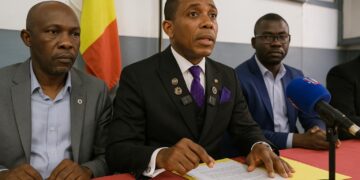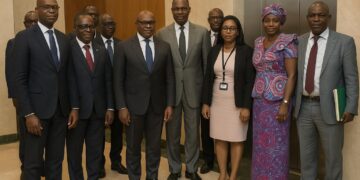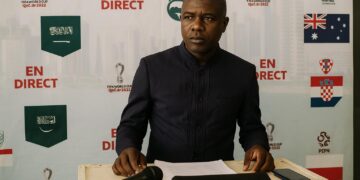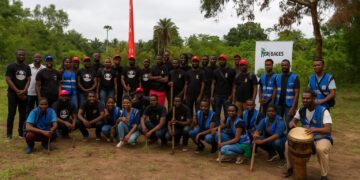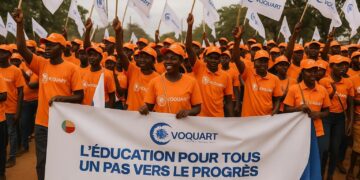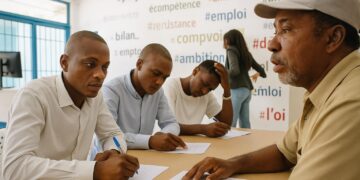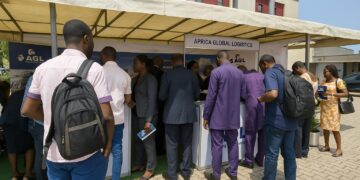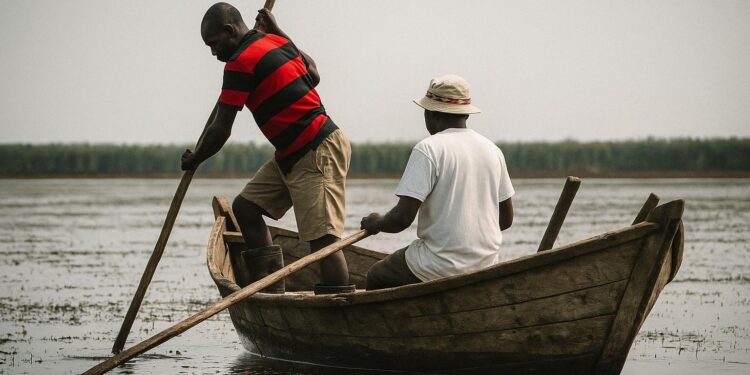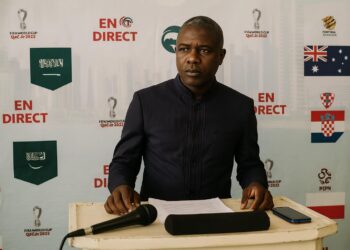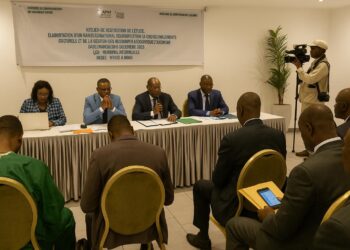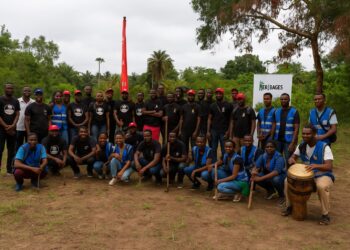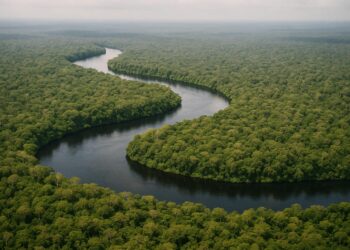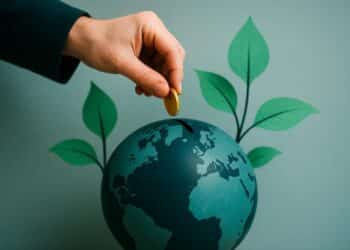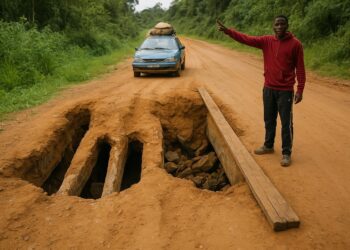African Inland Fisheries: A Strategic Asset
The African Development Bank’s freshly released Continental Fisheries Review positions inland fishery resources as a macro-economic lever rather than a niche rural activity. With demand for affordable protein rising faster than livestock output, lakes, rivers and floodplains increasingly underpin household nutrition and fiscal stability across the continent.
Food Security Stakes for Congo and Neighbours
Congo-Brazzaville draws nearly one third of its animal-protein intake from freshwater catches along the Congo and Kouilou basins. AfDB analysts warn that without targeted habitat rehabilitation, annual per-capita availability could fall by double-digit percentages, tightening import bills and widening rural-urban nutrition gaps at a delicate macroeconomic juncture.
Five Million Fishers, Half of Them Women
Across Africa some five million people, roughly half women, depend directly on inland fishing for income and subsistence. The share rises above 60 percent in several CEMAC countries. Protecting their productive zones therefore strengthens gender-inclusive livelihoods, reinforces community cohesion and curbs rural exodus, notes the review (African Development Bank, 2024).
Habitat Degradation: Drivers and Economic Costs
Hydropower dams, sand extraction, untreated effluents and unchecked agriculture have fragmented watercourses, squeezed spawning grounds and worsened eutrophication. AfDB estimates that degraded habitats currently suppress continent-wide freshwater landings by at least two million tonnes yearly, an output gap worth over USD 5 billion in foregone wholesale value.
Nature-Based Restoration Solutions Gain Traction
The report advocates nature-based investments such as reconnecting floodplains, removing obsolete weirs, replanting riparian buffers and detoxifying wetlands. Pilot projects on the Tana River in Kenya lifted tilapia biomass 40 percent within three seasons, while flood-pulse reinstatement on the Senegal River jump-started traditional rice–fish rotations (FAO, 2023).
Reservoirs as New Breeding Grounds
Well designed reservoirs can offset some habitat loss by providing structured shoaling zones. The rehabilitation blueprint recommends submerged woody habitats, adaptive water-level management and community-led enclosure nurseries to convert ageing hydropower lakes into high-yield brood-stock reservoirs without compromising electricity dispatch.
Energy-Water Nexus for Brazzaville
Congo’s upcoming Sounda Gorge hydropower project illustrates the dual-use opportunity. Environmental flow releases timed with the natural flood season could sustain downstream fisheries while securing peak-time megawatts for the industrial corridor. Early integration of fisheries science into dam operation manuals remains cheaper than retro-fitting later, AfDB economists underline.
Capital Pathways: From Blended Finance to Blue Bonds
Restoration costs average USD 4000 per restored kilometre of river, yet returns in food output and avoided imports can exceed twelve times that figure within five years. AfDB proposes sovereign loans, climate-adaptation grants and emerging blue bonds to crowd-in private investors seeking measurable natural-capital dividends.
Policy Alignment With Regional Water Treaties
Successful habitat recovery hinges on governance. The Congo Basin Water Charter already sets principles for ecological flows and shared monitoring. Embedding fishery metrics into its transboundary dashboards would give planners early warning of habitat stress and unlock concessional funding tied to Sustainable Development Goal indicators.
Community Stewardship Models
Co-management schemes, where local associations receive formal access rights in exchange for enforced closed seasons and gear limits, have doubled catch per unit effort on Cameroon’s Nyong River within four years. Similar accords in Congo’s Likouala province are being mapped with technical backing from the Ministry of Fisheries and Aquaculture.
Digital Tools Enhance Transparency
Low-cost acoustic telemetry, drone-based habitat mapping and blockchain fish-traceability platforms are lowering barriers to evidence-based management. Start-ups incubated at Brazzaville’s Oyo Technical Hub are piloting QR-coded fish baskets that let processors and micro-lenders verify sustainability metrics before disbursing working-capital lines.
Gender-Responsive Value Chains
Because women dominate processing and trade, AfDB urges facilities with safe water, renewable energy dryers and preferential microfinance. In the Pool region, a solar-powered smoking centre cut post-harvest losses by 25 percent and boosted women’s net margins by 18 percent within its first operating year, according to project filings.
Climate Resilience Benefits
Healthy wetlands buffer floods, recharge groundwater and sequester carbon. Restoring 500 000 hectares of riparian forest along the Congo River could lock away an extra 12 million tonnes of CO₂ equivalents annually, supporting national determined contribution targets while shielding cropland from increasingly erratic rainfall patterns.
Synergies With Agricultural Diversification
Integrated rice–fish systems trialled near Dolisie delivered 30 percent higher rice yields thanks to natural fertilisation and pest control, all while producing 500 kilograms of fish per hectare. The Ministry of Agriculture now examines scaled adoption within its agro-industrial park initiative to maximise land-use efficiency.
Regulatory Outlook and Next Steps
Brazzaville’s draft Aquatic Habitat Restoration Decree, expected before parliament later this year, would create a multi-stakeholder trust fund and streamline environmental-impact approvals. Alignment with AfDB guidelines could accelerate disbursement and position Congo as a demonstrator for other CEMAC members seeking blue-economy credentials.
Strategic Implications for Investors
For institutional investors, inland fisheries restoration offers predictable impact metrics, moderate capital intensity and uncorrelated revenue streams via concession fees and eco-labelling premiums. For policy-makers, the agenda supports food autonomy, job creation and environmental commitments in one coherent package. The window for first-mover advantage, the AfDB concludes, is now.






